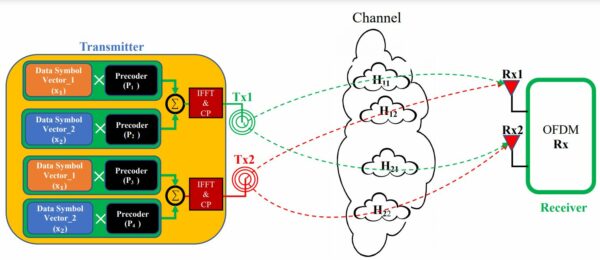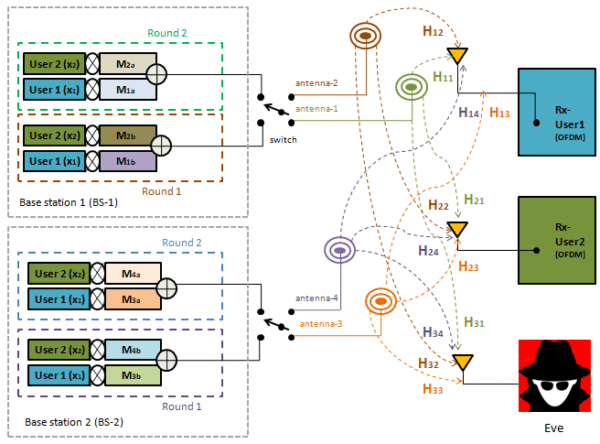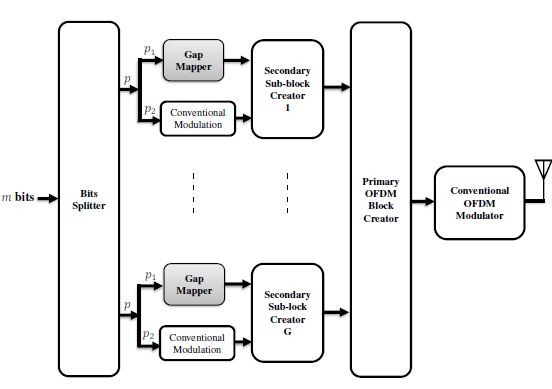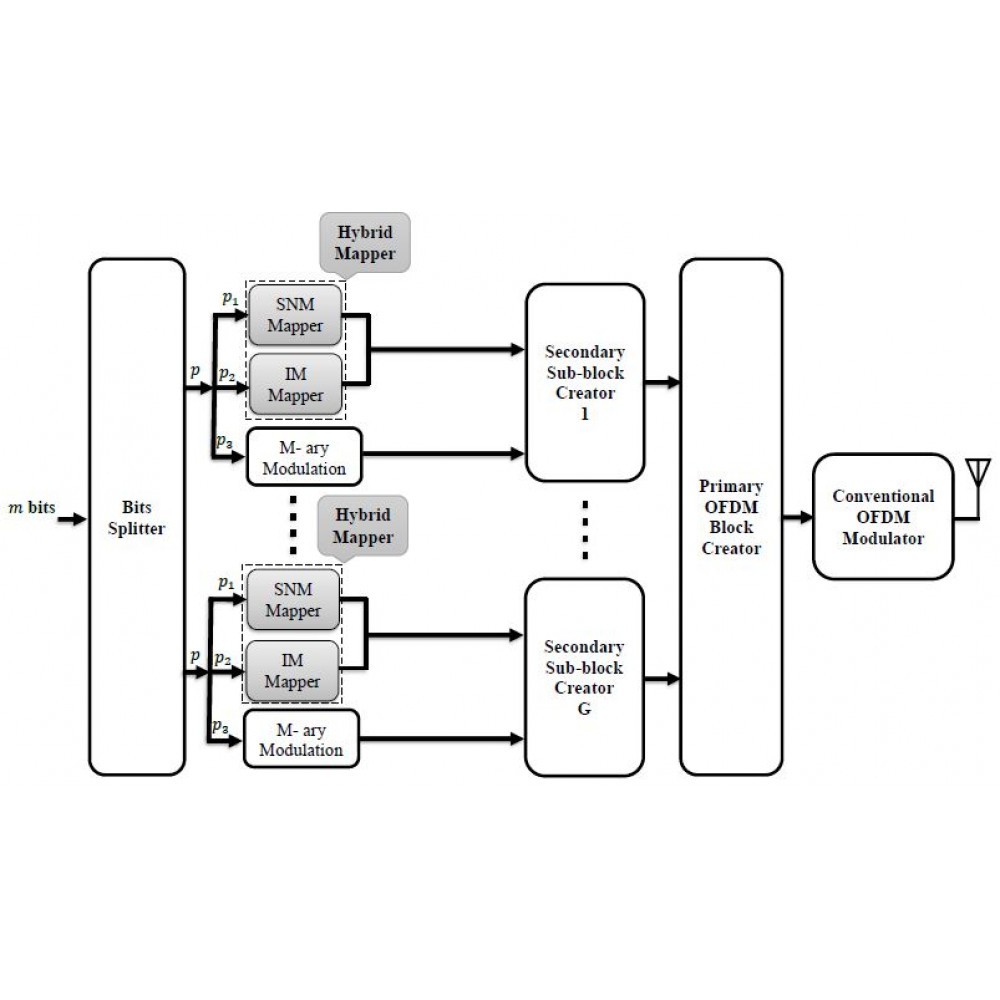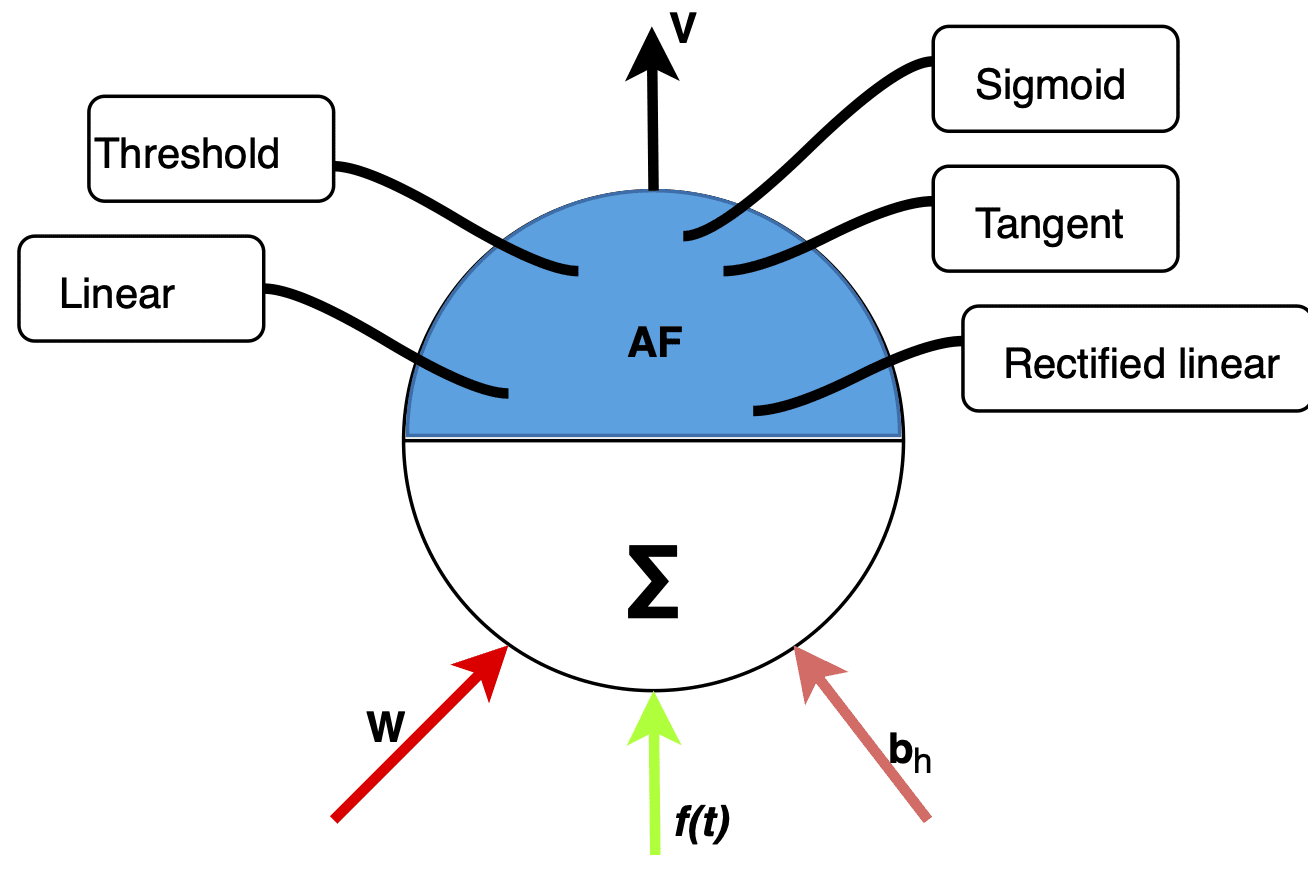Description
Index modulation Codes – Matlab
The package contains the implementation Codes of OFDM with Index modulation in Matlab.
Index modulation (IM) refers to a group of modulation methods and techniques that depend on the activation states of some resources or building blocks for information conveyance or embedding. The resources/building blocks can be either physical, e.g., antenna, subcarrier, time slot, and frequency carrier, or virtual, e.g., virtual parallel channels, signal constellation, space-time matrix, and antenna activation order. A distinct feature of IM is that part of the information is implicitly embedded into the transmitted signal.
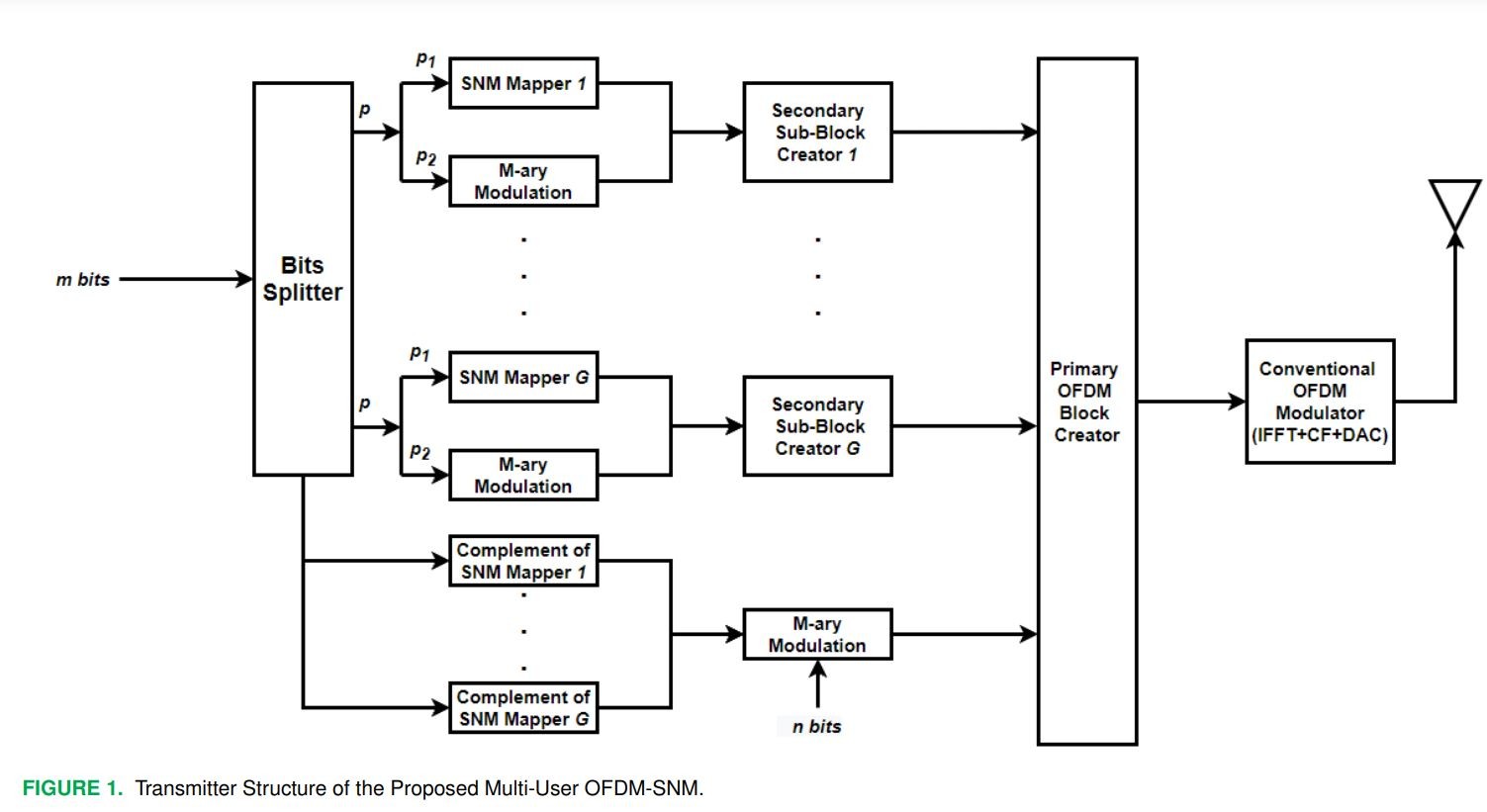
===========
There has been a colossal interest in IM plans throughout recent years. IM is a profoundly range and energy-proficient yet basic computerized adjustment strategy, which uses the records of the structure squares of the relating correspondence frameworks to pass on extra data bits. IM frameworks give elective ways of sending data rather than customary advanced tweak conspires that depend on the regulation of the adequacy/stage/recurrence of a sinusoidal transporter signal for transmission, as generally thought to be in the field of correspondences throughout recent years. Drastically, IM plans can plan data bits by adjusting the on/off status of their transmission substances, for example, communicate recieving wires, subcarriers, radio recurrence (RF) mirrors, send light discharging diodes (LEDs), transfers, tweak types, time allotments, precoder lattices, scattering frameworks, spreading codes, signal powers, stacks, etc. At the end of the day, IM makes totally new aspects for information transmission. Since the records of these structure squares can be utilized to send data through an on/off keying instrument, IM plans can move the saved transmission energy from the idle communicate elements to the dynamic ones, and this outcomes in a superior mistake execution contrasted with the conventional plans that utilization a similar all out transmission energy. According to another point of view, IM plans can pass on data in a more energy-proficient way by deactivating a portion of the primary components of the framework, while as yet taking advantage of them for information moving purposes. At last, since IM thinks of new aspects for passing on advanced data, the phantom proficiency of the considered correspondence framework can be expanded really without expanding the equipment intricacy.
Each correspondence framework can be hypothetically thought to be as an extraordinary instance of IM; in any case, the term of IM is unequivocally used to cover the group of correspondence frameworks that consider other send elements than amplitudes/recurrence/stages to pass on data. Albeit early endeavors have been made to investigate the capability of IM-based plans during the start of 100 years, after the presentation of spatial balance (SM) and symmetrical recurrence division multiplexing with record adjustment (OFDM-IM) ideas by the moving works of Hass in 2008 and 2013, individually, another flood of option computerized tweak plans has begun. Starting today, this wave is progressively spreading and accelerating. In any event, during the readiness of this article, a few new examinations on IM innovations have showed up in the writing and the message has been adjusted constantly to introduce the latest intriguing outcomes to the perusers.
SM, which considers IM for the communicate radio wires of a MIMO framework, has drawn in gigantic consideration throughout recent years and presented new bearings for the execution of MIMO frameworks. In spite of the fact that having wonderfully and deep rooted adversaries, for example, vertical Bell Laboratories layered space-time (V-BLAST) and space-time coding (STC) frameworks, SM plans have in short order shown their actual potential as far as ghostly and energy proficiency and, therefore, have been viewed as potential possibility for cutting edge little/huge scope and single/multi-client MIMO, full-duplex (FD), helpful and mental radio (CR) frameworks. SM has been the leader of IM methods and has likewise trigged the spread of IM to symmetrical recurrence division multiplexing (OFDM) first, and afterward to different frameworks. The plan of OFDM-IM has shown that IM isn’t interesting to the send radio wires of MIMO frameworks and it has opened the entryway for the presentation of numerous other IM-based plans in the new 1-2 years. All the more critically, ongoing examinations have demonstrated the way that OFDM-IM can offer engaging benefits over traditional OFDM, which is an essential piece of the present numerous remote correspondence guidelines and furthermore being considered as a solid waveform possibility for 5G remote organizations. Luckily, IM has tracked down new application regions by considering other send elements of correspondence frameworks, for example, time allotments, precoding networks, balance types, etc. The third eminent use of IM is media-based adjustment (MBM) (or reconfigurable recieving wire (RA)- based) frameworks, which consider the lists of the RF mirrors (parasitic components) mounted at a communicate recieving wire to pass on data by changing the attributes of the send radio wires as indicated by the data bits while utilizing a transporter signal with consistent boundaries. Since these kind of frameworks in a real sense convey data with the acknowledge of the remote channel itself, they can be additionally named as channel tweak (CM) plans.

